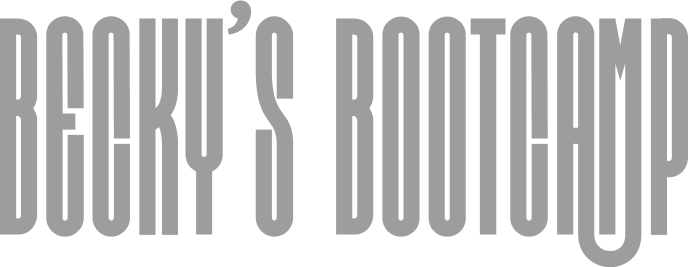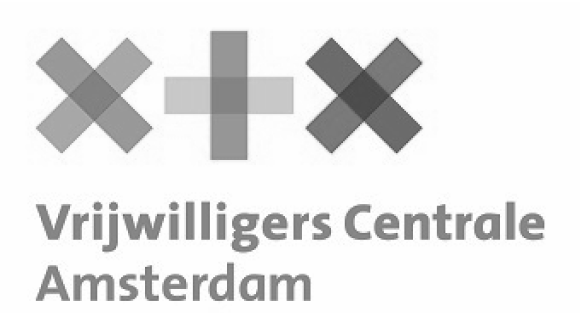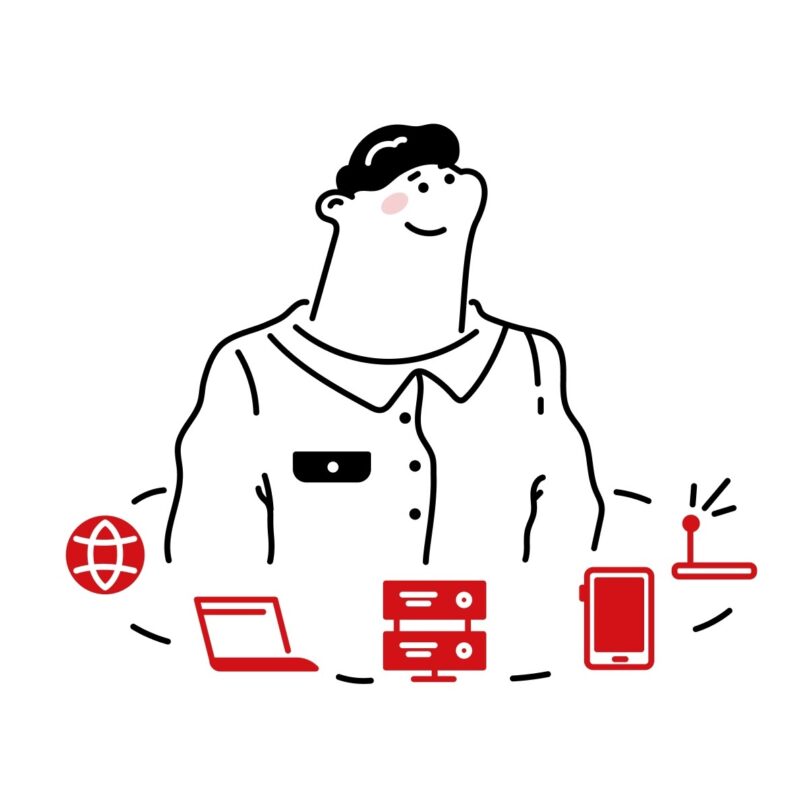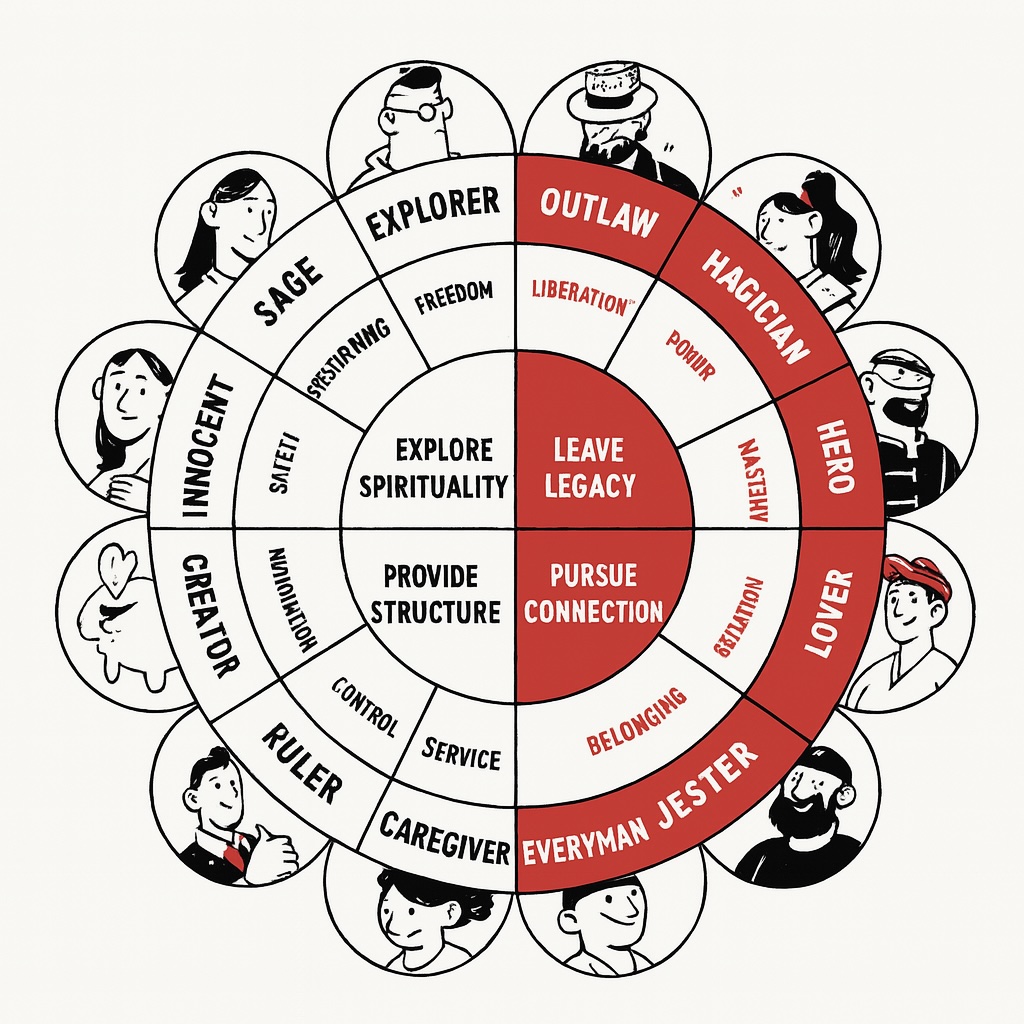B2B audience modeling helps you turn raw data into valuable audiences and profitable segments.
About B2B audience modeling
B2B audience modeling systematically maps your business target groups. This approach consists of a structured plan in which target group modeling is used to clarify and strategically approach target groups. We combine CRM data, market research and web analysis to discover patterns in industry, company size, location, buying behavior and decision structures, and map market segments to get a good picture of the market. In the process, we analyze key competitors and conduct competitive analysis as part of the process.
This helps you determine which companies have the most potential, identify the best customers and discover valuable segments. The insights feed your brand strategy, proposition development, content strategy and account-based marketing, allowing you to target campaigns to specific segments, generate leads and prospects, and collect contact information from potential customers. This makes campaigns more relevant and increases conversion and ROI.
Description of B2B audience modeling
B2B audience modeling converts data into clear segments and priorities. By combining CPI analysis, personas and customer journeys, you run targeted campaigns with higher conversion and ROI. Ideal as a basis for ABM and scalable growth.
A data-driven model makes it clear at a glance which segments are prioritized and which message works. We link ICP analysis, audience-level segmentation, buyer personas and persona mapping to the customer journey so that marketing and sales share the same focus. A buyer persona is a detailed characterization of the ideal customer, which helps to better align message and strategy. With persona mapping, we explicitly include the customer perspective and needs of the target audience, so that the message is optimally aligned. The result: clear choices, shorter sales cycles and higher value per account.
What to expect:
- Analysis of customer and prospect data from CRM, marketing automation and web analytics, including collecting contact information from prospects and using ip addresses for segmentation
- Segments based on industry, size, region, technographic and behavioral signals
- Scoring model for value and fit by segment or account, focusing on identifying marketing qualified leads and prioritizing the best customers
- Clear profile descriptions with pain points, goals and buying triggers
- Advice on targeting, propositions and channels by segment
- Measurement framework to continuously improve impact and ROI
Sample applications
- Focus list for account-based marketing (ABM).
- Market selection for new propositions or regions
- Prioritization of high-value segments in sales funnels aimed at generating leads and assisting prospects
- Personalization of content and campaigns by segment, including setting up a campaign for specific segments
- Budget allocation and KPIs by segment
The insights from target group modeling can be used directly for product development so that offerings better meet market needs. Sharing these insights requires close collaboration with stakeholders to ensure that all involved are on the same page. Optimizing the model is an ongoing process, where identifying weaknesses is essential to continuously improve the strategy.
Our process for conducting audience research
- Data collection – bringing together CRM, marketing tools and external research. This involves researching data and actively engaging stakeholders to get a complete picture.
- Define Segments – Define criteria and cluster for value and fit. Develop relevant segments and choose the right approach for an effective strategy.
- Model building – Scoring and decision rules set up, visualize and test. Analyses are performed appropriately to provide reliable insights.
- Implementation – Implement segments into campaigns, channels and tooling. Collaboration between teams is essential here for successful implementation.
- Evaluation – Measuring, learning and optimizing based on performance. This is an ongoing process where issues are resolved and weaknesses are continuously identified and improved.
This way of working allows you to work efficiently and achieve strategic goals faster.











